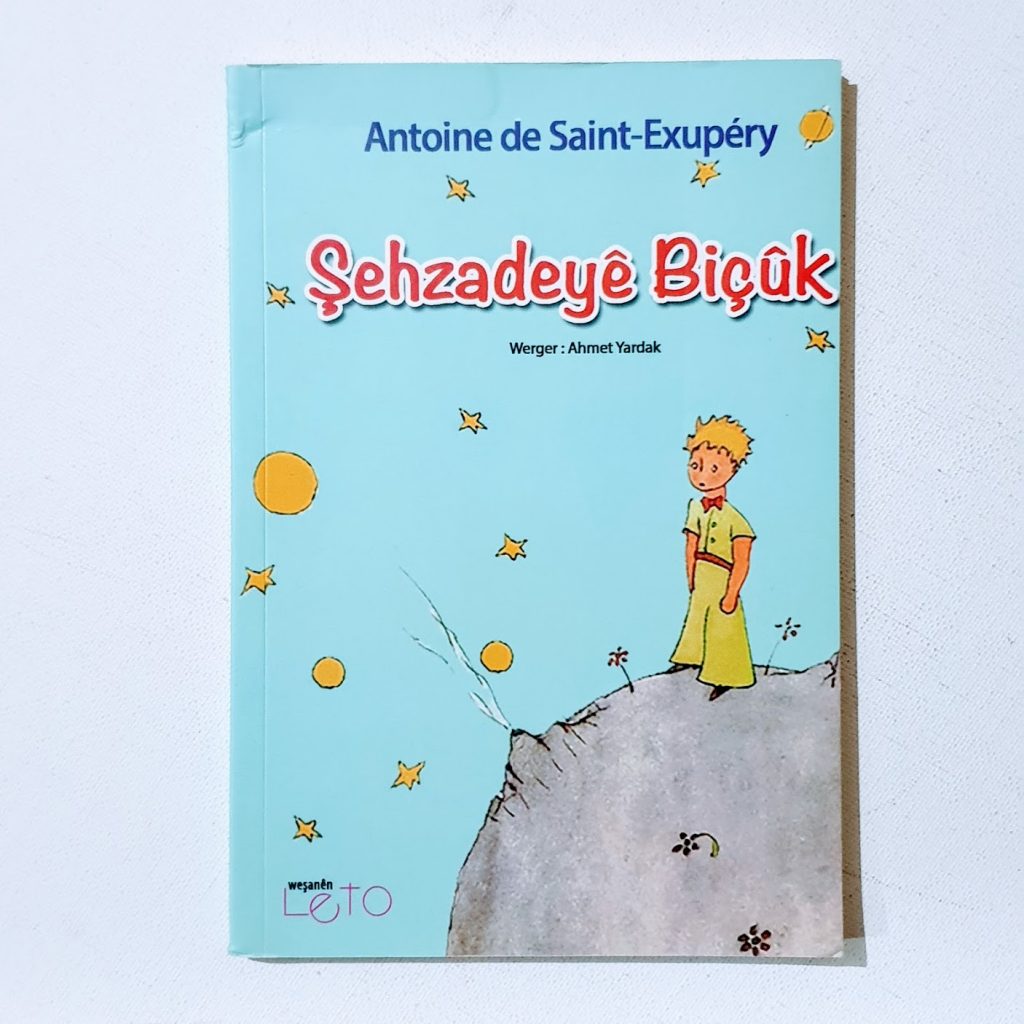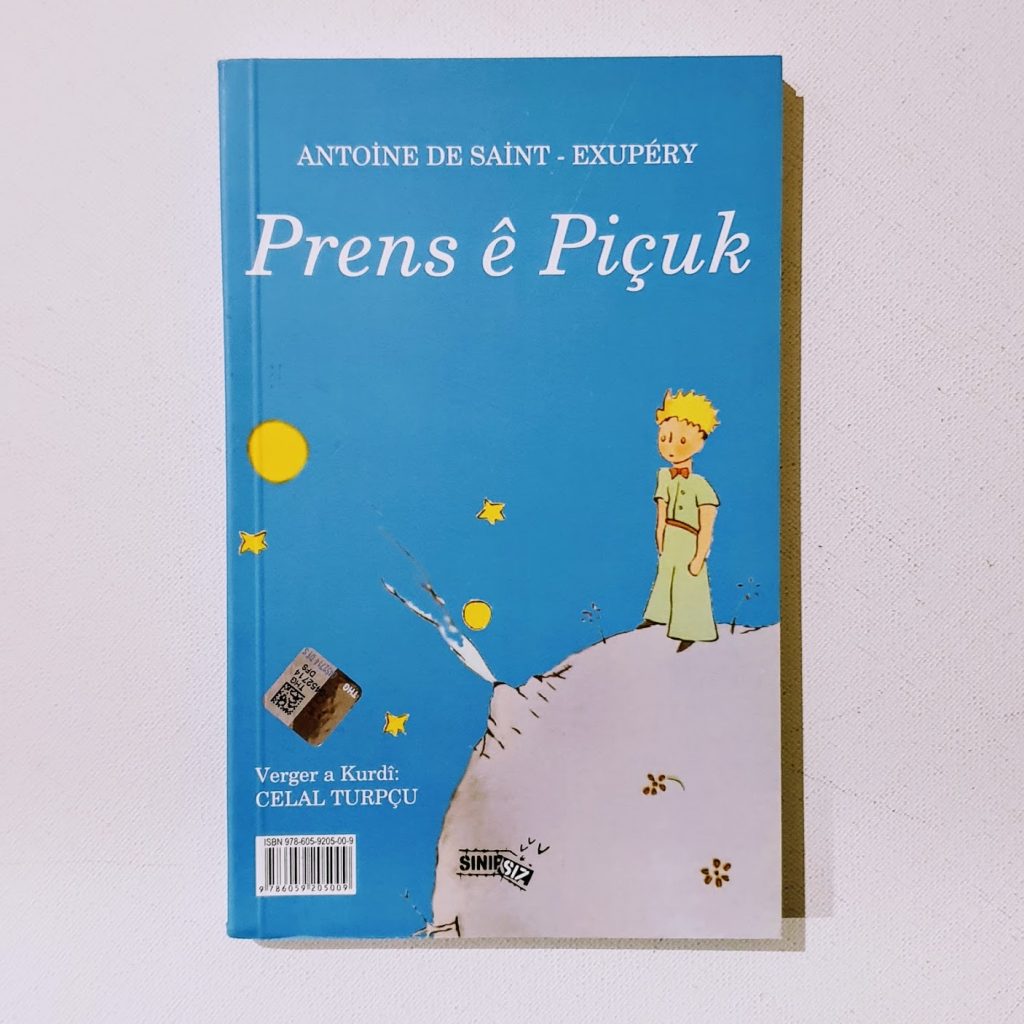
Northern Kurdish (Kurdiya jorîn, کوردیا ژۆرین), also called Kurmanji (Kurmancî, کورمانجی), is a Kurdish language spoken in southeast Turkey, northwest and northeast Iran, northern Iraq and northern Syria. It is the most widespread language of the Kurdish languages. While Kurdish is generally categorised as one of the Northwestern Iranian languages along with Baluchi, it also shares many traits with Southwestern Iranian languages like Persian, apparently due to longstanding and intense historical contacts, and some authorities have gone so far as to classify Kurmanji as a Southwestern or “southern” Iranian language.

Kurmanji is predominantly spoken in the following regions:
- Turkey: Especially in the eastern and southeastern provinces.
- Syria: Mainly in the northern regions, including Rojava.
- Iraq: Primarily in the northern Kurdish regions, including Iraqi Kurdistan.
- Iran: In the western provinces bordering Iraq and Turkey, such as Kurdistan Province.

Kurmanji nouns are marked for case, including nominative, accusative, genitive, and dative. Pronouns also exhibit case markings. Gender distinction is not as prominent as in some other Indo-European languages. Kurmanji verbs are conjugated for tense, aspect, mood, person, and number. There are two main classes of verbs: weak (regular) and strong (irregular). Like many other Indo-Iranian languages, Kurmanji uses a subject-object-verb (SOV) word order. Kurmanji syntax typically follows the SOV order. Adjectives generally follow the nouns they modify, and possessors precede the possessed nouns. The language also employs postpositions rather than prepositions.



